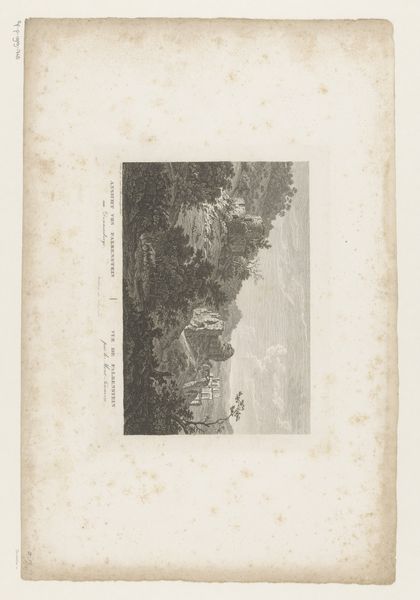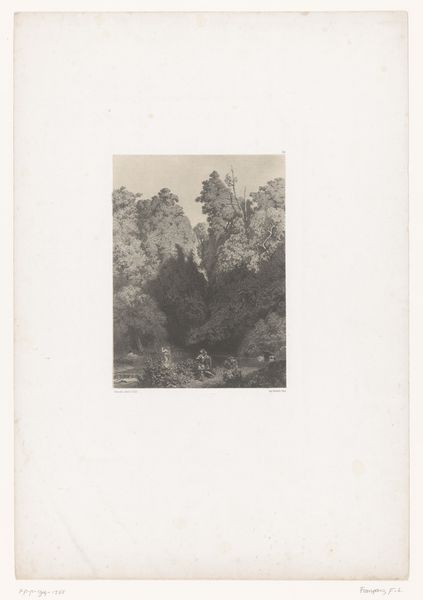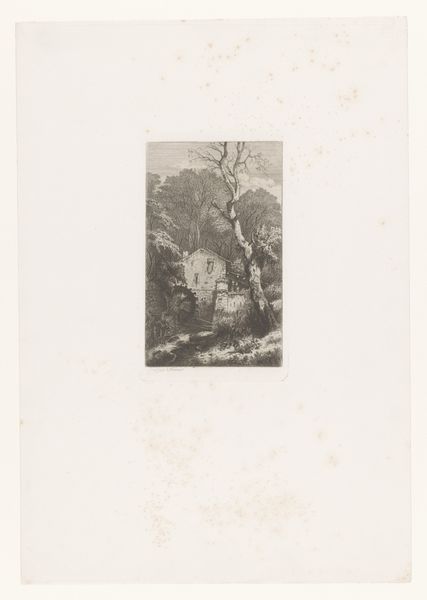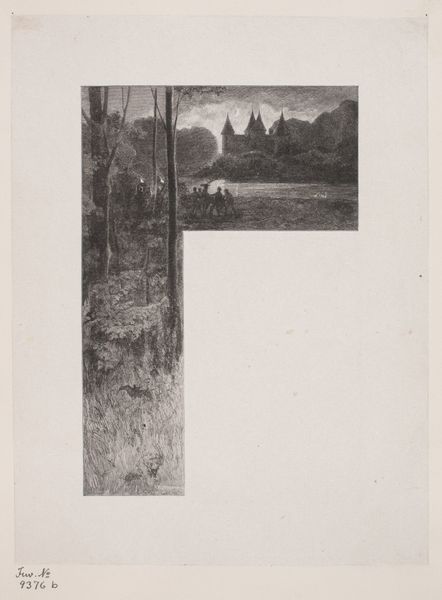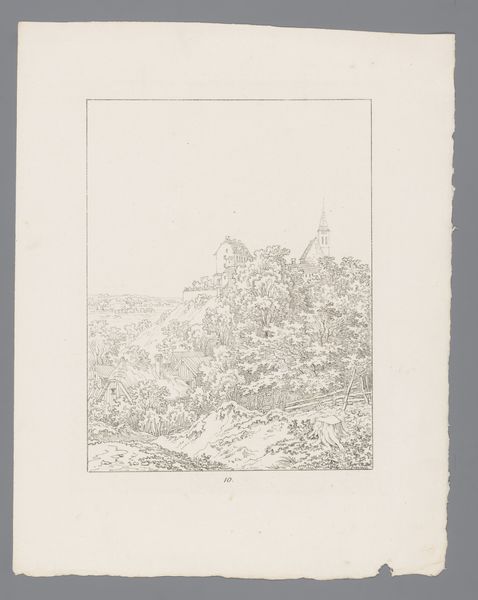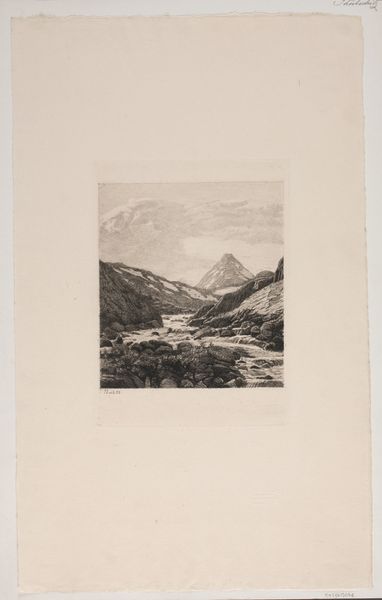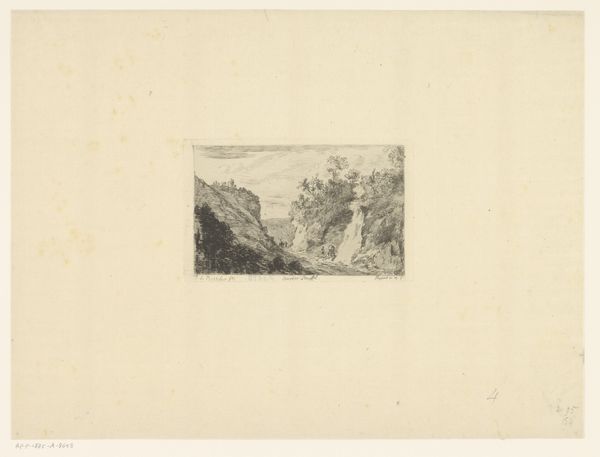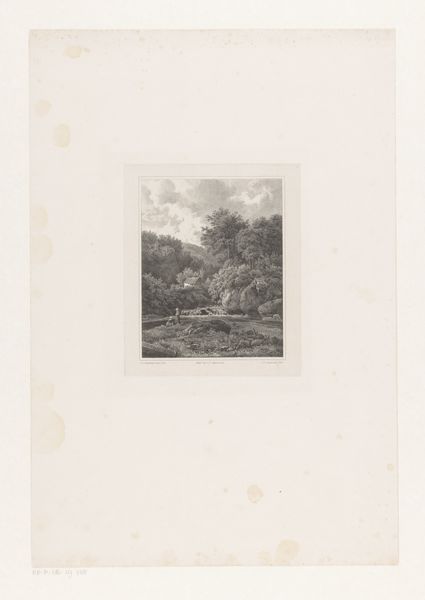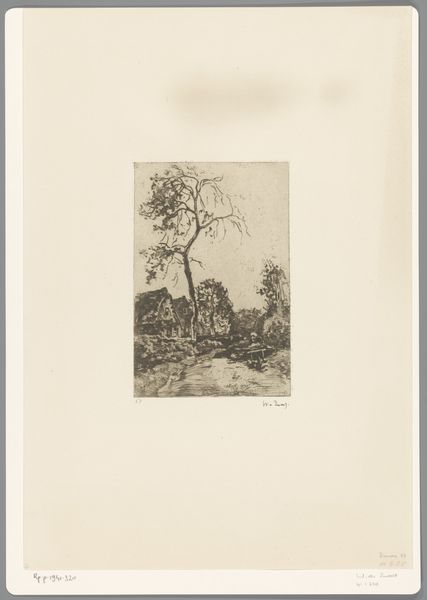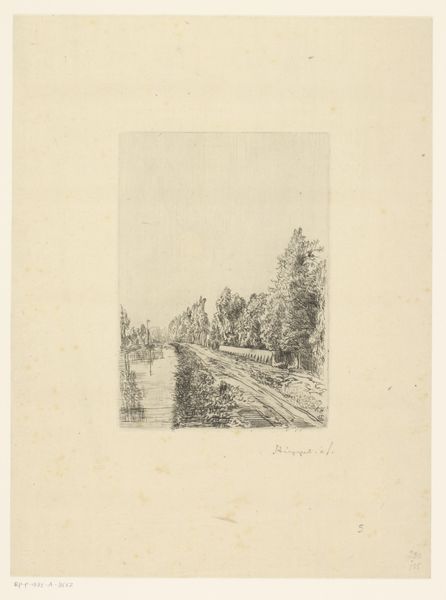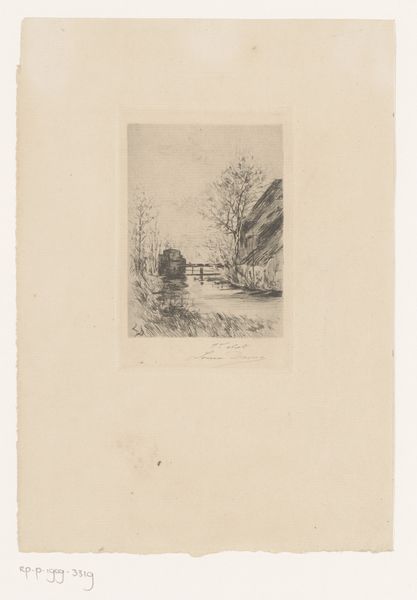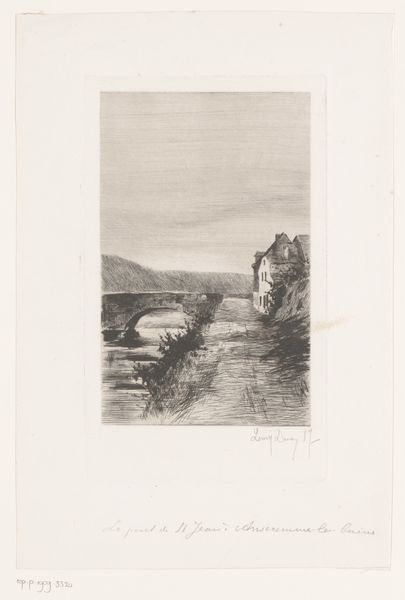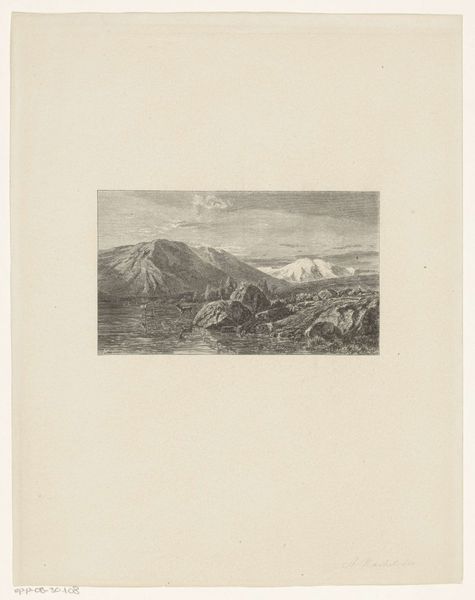
drawing, pencil
#
drawing
#
pencil sketch
#
landscape
#
pencil
#
academic-art
#
realism
Dimensions: height 152 mm, width 140 mm
Copyright: Rijks Museum: Open Domain
Curator: We’re now looking at "Zittende soldaat," or "Sitting Soldier," a pencil drawing by Johan Gerard Sinia, created sometime between 1900 and 1910. What are your first thoughts? Editor: It feels… isolated. There's a stillness to the scene, a quiet observation that's emphasized by the limited palette of the pencil and the landscape. What do you think accounts for the rather solitary feeling of the artwork? Curator: This was likely made during or shortly after the Second Boer War. Placing the soldier in a landscape creates a tension. Is this rest or isolation? Is he contemplating the cost of conflict and displacement, or perhaps the natural resources being extracted to support this colonial campaign? Editor: The medium feels important here. Pencil, a readily available and inexpensive material, highlights the practical element of recording observation. Also, Sinia's choice to capture this through a drawing made from pencil on paper creates a very particular and unique aesthetic. The process, its portability, is central to its message. It wasn't commissioned; this felt more urgent or deeply personal, right? Curator: Indeed, consider the context of colonial power; the landscapes themselves become contested grounds. Sinia’s decision to represent a soldier amidst this scene could be read as an examination of military masculinity in a time of global upheaval and war. The romantic notion of military service clashing with harsh environmental and material realities. Editor: Exactly, think about where the material originates, how the image is transferred, and the politics and social constructs behind its use. This work, it pushes beyond the visual to question the role that art has in portraying—or challenging—dominant narratives of war. And also that landscapes become just resources of war and human conflict. Curator: Ultimately, the quiet strength of Sinia's sketch, located at the nexus of identity, conflict, and landscape, invites us to meditate on not only the image itself but also our relationship to war. Editor: Absolutely. Its modest medium conveys powerful questions about social context and the production of meaning during war.
Comments
No comments
Be the first to comment and join the conversation on the ultimate creative platform.
